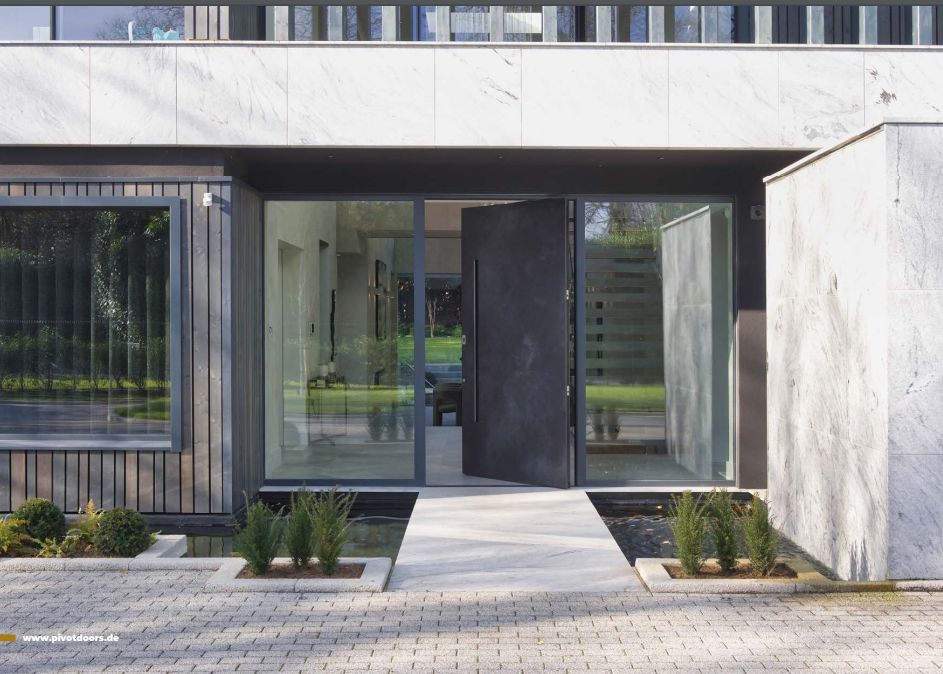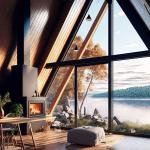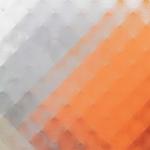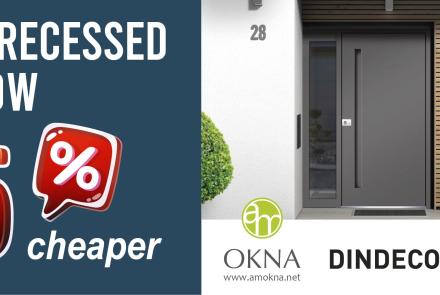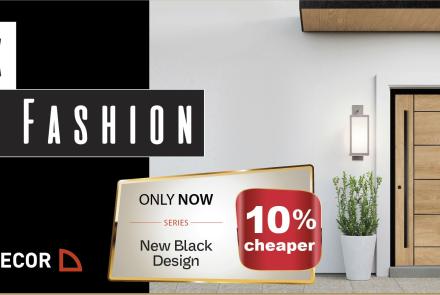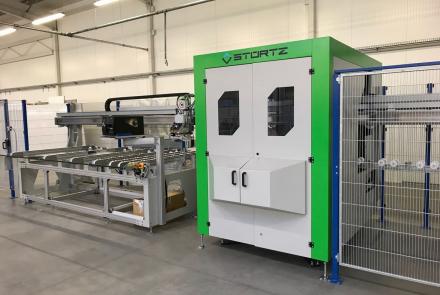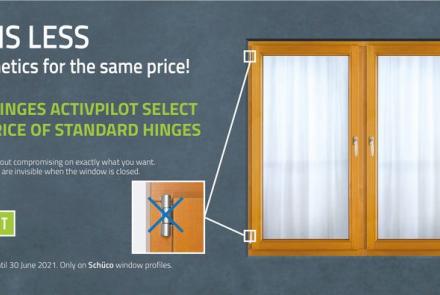How to choose an external door? Comprehensive Guide Part II
The purchase of an external door is a decision that should not be taken lightly. The right door will provide warmth and security for years to come and will also be aesthetically pleasing. In our last article, we outlined the most popular types of available exterior door materials and their advantages.
The article can be found here: How to choose an external door? Comprehensive Guide Part I
In this article, we will focus on other design elements that should be analysed before deciding on the purchase of a front door.
Overlay or inset panel for external doors?
The answer to the question of what door panel to choose, of course, depends on your individual circumstances. It is worth exploring all the solutions available.
Inset door panel
The inset panel is mounted inside the sash. By choosing this solution, the sash frame will be visible from both the outside and inside. The inset panel continues to be very popular. Its advantage is that it can be replaced when the surface is damaged without having to buy a new door. The price is also attractive, as it is usually a cheaper solution. However, it is recommended more for the renovation of an older building than for modern construction. The clear wing borders may not harmonise with modern, minimalist design. It is also disadvantaged in terms of thermal insulation performance.
The inset panel is used more often in doors made of PVC and far less often in aluminium.
Double-sided overlay door panel
The most modern solution for door panels is double-sided overlay panels. With this type of panel, all that is visible from the inside and outside is the decorative PANEL, which perfectly covers the sash frame, which becomes invisible, giving the door an elegant and modern look.
This solution is particularly popular with enthusiasts of minimalist design. A definite advantage here is thermal insulation properties, which is crucial today for those building energy-efficient and passive houses.
A double-sided overlay panel offers great design possibilities. There is a choice of RAL colours and a palette of veneers.
Many panel designs and the possibility of using different glazed units leaves a lot of room for individuality.
Single-sided overlay door panel
An in-between solution is single-sided overlay panels. With this type of panel, inside we can clearly see the sash frame and panel (similar to the inset panel), while from the outside you only see the decorative panel. This solution is ideal when you want the outside of the door to match the chosen design, but when the aesthetics of the inside of the door are not important to you, e.g. it is a side/rear door or a door leading to the garage or utility room.
Single-leaf or double-leaf front door or maybe with a light panel?
Single-leaf external door
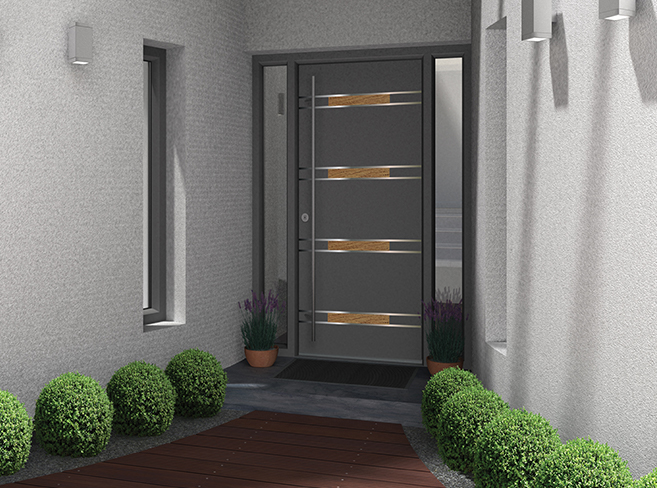
A single-leaf front door is a classic solution that customers are always happy to choose. It invariably proves its worth in single-family homes as well as in multi-family or terraced housing. It has the advantage of a wide range of finishing options and a range of colours. Single-leaf doors can also be fitted with additional glazing. An unquestionable advantage of single-leaf design is that it is easier to achieve high thermal and acoustic performance, and this is particularly important for owners of energy-efficient and passive houses.
Double-leaf external door
A double-leaf door design may be the ideal solution for owners of large, spacious houses. Large double-leaf doors allow for an interesting visual effect. When fitted with glazing, they provide excellent interior lighting, minimising the need for artificial lighting in the corridor. Their undoubted advantage is also functionality when bringing in bulky furniture, equipment or making renovations.
Doors with light panels
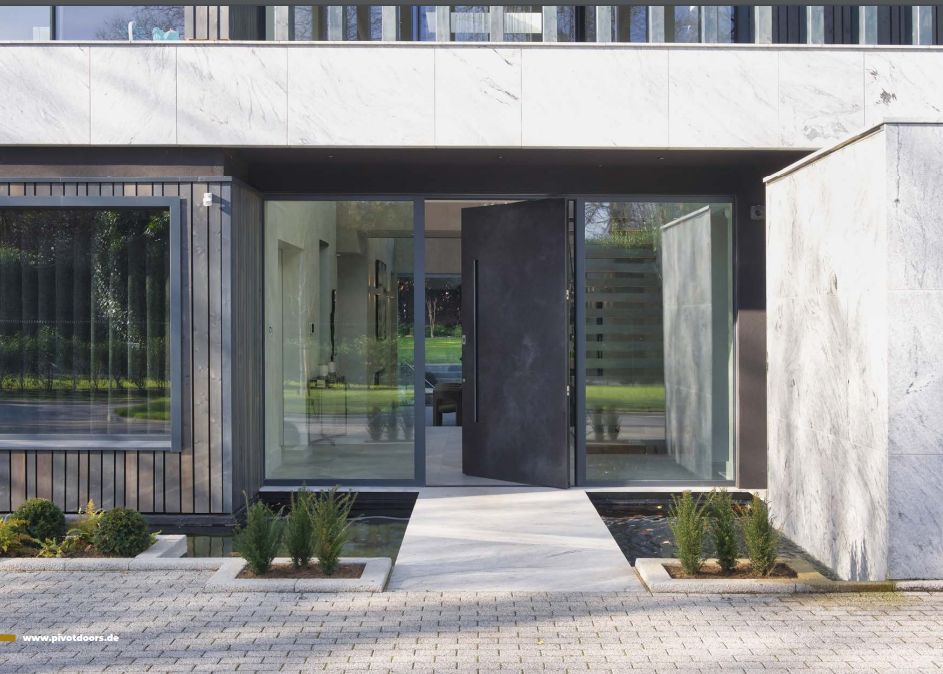
source: www.pivotdoors.de
One of today's leading trends in interior door design is doors with glazing. Adding glass elements to the door makes the room appear brighter. In many cases, we can then choose not to use additional lighting, also reducing costs. It is also worth noting that an exterior door with a light panel undoubtedly boosts the visuals. Glazing adds character and allows us to create a designer look of the façade.
There is a choice of sashes with top-light, single and also extension light panels. What's more, we can also combine side and top light panels.
If, on the other hand, you're wondering what glass to choose for a door with a light panel, check out our next guide - link
New: External pivot doors - who should choose a door with an offset opening axis?
Pivot doors have recently been conquering global markets because they are consistent with current architectural trends, namely large glazing and large building openings. Doors with an offset opening axis deviate from the classic side fixings. The hinge of pivot doors in located in the lower and upper frame, thus shifting the pivot axis. This results in a swing-open system, which makes it possible to create much larger external doors of even 2x4m with a sash weight of up to 500kg. Such designs work smoothly and lightly despite their weight.
They are perfect for owners of detached houses who like modern design and unconventional solutions. Doors with an offset opening axis are also used in public buildings.

 Polski
Polski English
English Germany
Germany France
France
